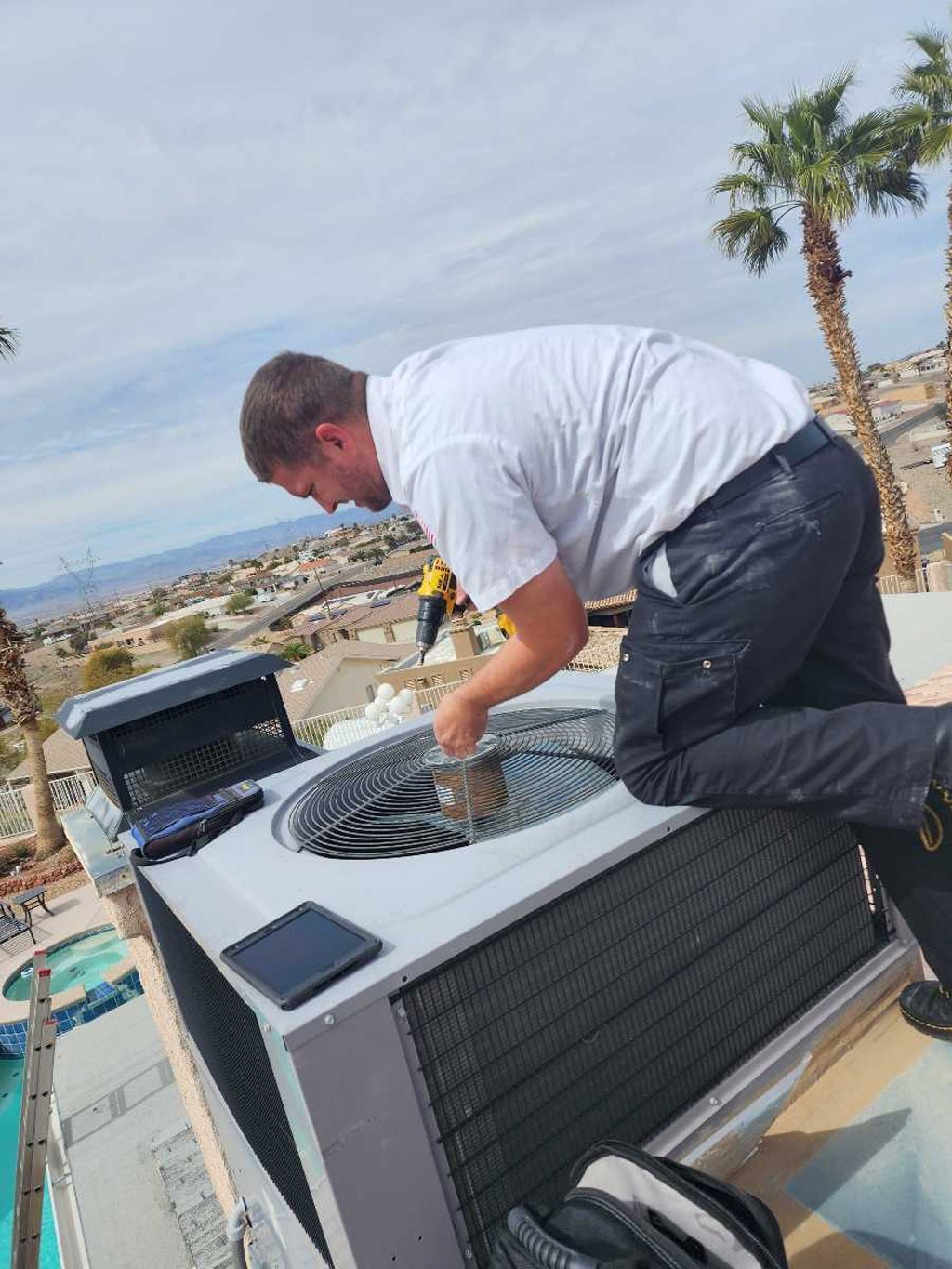
Installing an air conditioner is a complex task. Unless you’re a specialist, you could easily mess up if you install the unit yourself. Thus, it’s better to leave the installation work to licensed HVAC professionals with extensive expertise in the field.
Who you choose for your air conditioner installation also matters. There are many air conditioner installers. But most may not know the essential steps to efficient unit installation.
Whether it’s your first time installing an air conditioner in your home or replacing the old unit, here is a step-by-step guide on the various steps involved in AC installation. Please keep reading to learn them.
Initial Home Visit
Before the air conditioner installation process starts, your hired AC company will send an estimator to inspect your home and establish the type of air conditioning system you need. At this stage, the contractor collects all the vital information to ensure you get an accurate proposal. The AC information obtained during the inspection is passed to the installation crew.
The visit is critical as it gives an insight into the type of equipment and tools the installation team needs to bring on board. Getting the necessary information beforehand increases the chances of a smooth air conditioner installation.
Removal of Your Existing Outdoor Unit
Your current central AC includes a refrigerant that must be removed before the new air conditioner is installed. The Environmental Protection Agency (EPA) maintains that this chemical shouldn’t be vented directly into the atmosphere.
To legally and safely remove the refrigerant in your existing central air conditioner, your hired AC installation tech must use specialized equipment called a recovery machine, which has to be used together with a recovery tank.
An EPA-certified individual should handle the refrigerant. After properly disposing of the refrigerant, the technician disconnects the electrical wiring from the current air conditioning device.
A safety device called the disconnect box is usually located near the air conditioner to shut down the unit during an emergency. A flexible electrical conduit or the whip carries power from the disconnect box to the air conditioner.
Trusted HVAC companies such as the Pitzer’s One Hour Air Conditioning & Heating of Mohave County will replace the whip and the disconnect during new air conditioner installation to enhance system safety.
Some old air conditioning units may lack a disconnect box. In such a case, safety codes require that a new one be installed with the new unit. Once the installation team has successfully removed all the existing connections, it can remove the old air conditioning system.
Preparing the Area for the Outdoor Air Conditioner
Often, the existing AC location calls for some pre-work before the new air conditioner installation. The prep work involves replacing the pads of the old AC with new ones where the replacement unit will be placed.
The newest AC models are notably taller and bigger than their old counterparts. In some instances, you may also find that the ground is hollow. Thus, before anything, the floor has to be leveled. Reputable HVAC contractors will use a gravel base to build or level up the place where the new system will be set.
Some individuals prefer using a concrete pad for the area where the new unit will rest. The downside is concrete pads are vulnerable to cracks and can shift drastically. And when such happens, it can be quite challenging to repair.
A better alternative is the composite pad – this one is specially designed for outdoor use and can last several years before it can be replaced. Again, it’s more efficient in absorbing vibrations from the air conditioner, reducing excessive noise.
Removal of the Existing Indoor Evaporator Coil
The two variations of the indoor evaporator coil include the cased and uncased coils. In either case, a qualified air conditioning expert must disconnect the sheet metal plenum before the new coil is set. However, if there are restrictions in accessing the existing evaporator coil, it can be tricky to install the new coil.
Common obstructions include rooms constructed around the unit, such as closets, which restrict the technicians from accessing all the sides of the plenum or coil. The time involved in new coil installation may translate into an additional charge on top of the initial cost of your air conditioner installation.
And given that most indoor evaporator coils are taller for improved efficiency, the supply plenum may require extra preparation work before the placement of the new coil. Your HVAC provider should strictly adhere to the manufacturer’s installation requirements in the product manual to avoid damaging the furnace or the coil.
Installation of the New Indoor Evaporator Coil
The cased coil is recommended since it has an insulated cabinet with removable panels that provide access to the inside coils. Another thing about this particular coil variation is that it’s designed to sit on the furnace. Hence, it becomes easy to conduct modifications or repairs.
Conversely, an uncased coil doesn’t include an insulated cabinet and requires a considerably longer prep time than the cased coil. Nevertheless, provided it’s correctly installed, it still works just as efficiently as its cased counterpart.
Removal and Replacement of the Refrigerant Line Set
The refrigerant line set consists of two copper lines through which the refrigerant returns to the evaporator coil from the outdoor condenser.
Typically, the refrigerant line set will be strapped to the base of the floor joists. The contractor will remove the straps and take down the line set. It’s required that the line set be replaced at every chance that it’s accessible or exposed.
The refrigerant travels along with oil, and since the oil used in old air conditioning line sets differs from that in new systems, care must be taken when installing the device not to mix the oils as it can harm the recent AC performance.
Setting Up of the New AC Condenser
Once the pad is leveled, and the refrigerant lines and the electrical disconnect are set, the installation company sets the outdoor unit. Besides installing the air conditioner’s condenser,
Professional HVAC installers will inspect the new system for any potential faults that might have occurred when the air conditioner was shipped. If there are issues, they need to inform you right away. If there are no problems, the specialists can proceed with the air conditioner installation job.
Installing the Filter Dryer
A filter dryer is a critical component of the refrigerant system whose function is to absorb moisture and offer mechanical filtration. During new air conditioner installation in your home, you must ensure a liquid line filter drier is installed into the air conditioner’s refrigerant system. The pros should perform filter dryer installation to protect it from bad weather that can cause it to corrode.
Conclusion
After the above steps, the air conditioning installation project ends when the new wiring is installed, followed by the installation of the condensate drain line, and finally, the commissioning and testing of the unit to certify that it’s working as expected.
Contact Pitzer’s One Hour Air Conditioning & Heating of Mohave County for Professional Services!
The above tips will help you prepare well for your air conditioner installation. Knowing what to do in advance will save you time and money. For quality work, why don’t you call the certified HVAC pros at Pitzer’s One Hour Air Conditioning & Heating of Mohave County? You won’t pay a dime for the service call!
See our previous blog on this topic here.
Photo By OH






